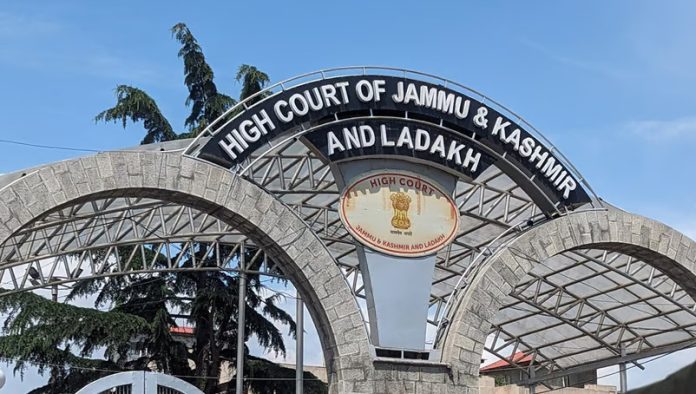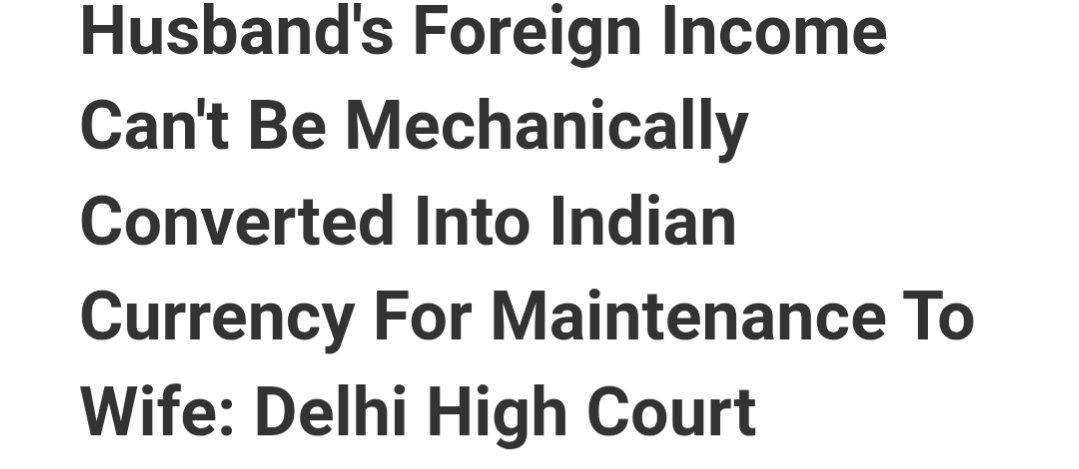M. Katju, J.@mdashHeard Sri Sudhir Chandra and Sri Tarun Agarwal learned Counsel for the Petitioners and learned Standing Counsel and Sri Ganga Singh for the Respondents.
2. The Petitioner has challenged the impugned order of the Cane Commissioner, U. P., dated 10.4.2003, Annexure-P-1 to the petition by which he has issued direction for commission u/s 18 of the U.P. Sugar Cane (Regulation of Supply and Purchase) Act, 1953. Under that provision, commission is payable by the sugar factory to the Cane Growers Co-operative Society for the work done by the Society in organizing and supplying cane from the cane growers. The cane commission is fixed u/s 18 of the aforesaid Act which states :
18. Commission on purchase of cane.-(1) There shall be paid by the occupier of a factory or a Gur, Rab or Khandsari Sugar Manufacturing Unit a commission for every one maund of cane purchased by the factory or a Gur, Rab or Khandsari Sugar Manufacturing Unit :
(a) where the purchase is made through a Cane-growers'' Co-operative Society, the commission shall be payable to the Cane-growers'' Co-operative Society and the Council in such proportion as the State Government may declare, so, however, that the share payable to the Council shall not exceed 50 per cent; and (b) where the purchase is made directly from the Cane-grower, the commission shall be payable to the Council :
Provided that different rates of commission may, be prescribed for a factory and for a Gur or khandsari, Sugar Manufacturing Unit :
Provided further that the State Government may, by notification in the official Gazette remit in whole or in part such commission in respect of a factory or a Gur, Rab, or Khandsari Sugar Manufac-turing Unit for a limited purpose specified in the notification.
(2) The commission payable under Clauses (a) and (b) of Sub-section (1) shall be at such rates as may be prescribed; provided, however, that the rate fixed under Clause (b) shall not exceed the rate at which the commission may be payable to the Council under Clause (a).
3. Learned Counsel for the Petitioner Sri Sudhir Chandra urged that the commission payable to the cane co-operative society is to be co-related to the weight of the cane purchased by the factory as mentioned in Section 18. We agree with his submission so far as this aspect of his submission is concerned.
4. Rule 49 of the Rules made under the Act as it originally stood stated :
49. The occupier of a factory shall pay a commission at the rate of fifty paise per quintal for the cane purchased.
Subsequently, however, Rule 49 was substituted, and the new rule is quoted in para 18 of the writ petition which reads as follows :
The occupier of a factory shall pay a commission on cane purchased at the rate of 3% of the minimum statutory cane price fixed by the Government of India out of which 75% shall be payable to the Cane Growers'' Co-operative Society and 25% to the Council.
5. Sri Sudhir Chandra learned Counsel for the Petitioner submitted that the new Rule 49 is ultra vires Section 18 of the Act because under it the commission payable is not related to the weight of the sugarcane. We do not agree with this submission. No doubt the new Rule 49 states that the commission payable is at the rate of 3% of the minimum statutory cane price fixed by the Central Government but this statutory cane price is directly co-related with the weight of the sugarcane as is evident from the order of the Central Government dated 5.8.2002, Annexure-4 to the writ petition. The order dated 5.8.2002 states that the statutory minimum price for sugarcane payable for the year 2002-03 is Rs. 64.50 per quintal, and it is stated in para 19 of the petition that subsequently this was increased to Rs. 69.50 per quintal. No doubt the cane price payable is also linked with the recovery but that is not the thrust of the Government order dated 5.8.2002. The thrust of the Government Order dated 5.8.2002 is that the statutory minimum sugar cane price is fixed at Rs. 64.50 per quintal. No doubt this is linked to the basic recovery of 8.5% subject to a premium of 76 paisa for every 0.1% increase in recovery, but, in our opinion, this is only incidental. In our opinion, small variations here and there will not change the legal position. The increase in the cane price when the recovery increases is only a subordinate matter. Hence, we are clearly of the opinion that the commission payable u/s 18 is connected with the weight of sugarcane purchased, even though the connection is indirect and through an intervening step.
6. Learned Counsel for the Petitioner has relied on the Supreme Court decisions in
7. We have perused the aforesaid decisions and are of the opinion that both the decisions are distinguishable. Firstly, these decisions are related to tax matters whereas the present case is not a tax dispute at all. Secondly, as regards the decision in Lokmanya Mill''s case (supra), it may be noted that in that case as stated in para 5 of the judgment u/s 78 Sub-section (1) Clause (d) and Explanation to Section 75, the rate to be levied on lands and buildings had to be assessed on the valuation of the lands and buildings based on capital or the annual letting value. Under the new rule, the rate in respect of buildings falling within Rule 2C was assessed on a valuation computed on the floor area of the structures, and not on the capital value nor on the annual rent for which the buildings could be expected to be let. Thus, the Supreme Court rightly held that the value fixed under Rule 2C was in violation of Section 78, because the value computed on the basis of the floor area does not give the correct value of the property. Hence, the aforesaid decision is clearly distinguishable.
8. As regard the decision of the Supreme Court in Gordhandas v. Municipal Commissioner (supra) a careful reading of the decision shows that the Supreme Court in that decision was interpreting Sections 73 and 75 of the Bombay Municipal Boroughs Act, 1925 and Rules 243 and 350F. Section 73 of the said Act permitted the Municipality to impose a rate on building or land. The Supreme Court in paras 5 to 31 of the said decision went into great detail in examining the meaning of the word ''rate''. The Supreme Court referred to the history of the word ''rate'' and held that this word had acquired the same meaning which it had in English legislative history and practice upto the year 1925 when the Act was passed. In England the word ''rate'' had acquired a special meaning that it was a tax on the annual value of the land and building and not on the capital value. The observation of the Supreme Court in para 34 of its decision to which Shri Sudhir Chandra invited our attention have to be read in that context and not in isolation. No doubt in para 34 of the said decision it has been observed by the Supreme Court that where the rate is levied at a percentage of the capital value or at a percentage of annual value arrived at on the basis of the capital value in either case, mathematically it is possible to arrive at the same figure for the rate. However, it is not possible for us to accept the submission of Sri Sudhir Chandra that in view of what has been stated in para 34 of the decision in Gordhandas''s case (supra). Rule 49 of the U.P. Sugarcane (Regulation of Supply and Purchase) Rules, 1954 is ultra vires Section 18 of the Act since the said Rule 49 is only indirectly related to the weight of the sugarcane as contemplated by Section 18. The observations made by the Supreme Court in para 34 of the Gordhandas''s case (supra), thus, cannot be said to have laid down any absolute legal preposition that the relation between the weight and the commission must be direct and not indirect or through an intervening step. The observation in para 34 of the said decision were made in relation to a municipal law imposing a rate on land and building and hence the said observations have nothing to do with the facts of the present case. In para 34 of the said decision, the Supreme Court observed that Municipal Corporations are elected bodies and the municipal councillors may not feel hesitant in imposing a rate of 1% in the capital value but they may hesitate in imposing 25% of the aforesaid value by singly levying the rate at 1% of the capital value the real incidence of the rate is camouflaged, and the electorate not knowing the true incidence of the tax may possibly be subjected to a heavy incidence. Thus, the observation of the said decision have to be read in context of the entire discussion in Gordhandas''s case (supra) and it has nothing to do with the facts of the present case. Moreover, as already stated above, in the present case we are neither dealing with a taxing law nor a municipal legislation.
9. It is not disputed that the Central Government has power to fix the statutory minimum cane price. In fact that was so held by this Court in the petition filed by the Petitioner itself and against which an appeal is pending before the Supreme Court. Hence the order of the Central Government dated 5.8.2002 was clearly within its jurisdiction and the fixation of the commission by the Cane Commissioner on the basis of that order of the Central Government dated 5.8.2002 is valid. Thus, there is no illegality in the impugned order. The writ petition is dismissed.

